How to sow seeds without using any plastic – and why you should switch to these eco-friendly methods
There are alternatives to plastic pots and labels that are simple, cost-effective, and better for the environment, too
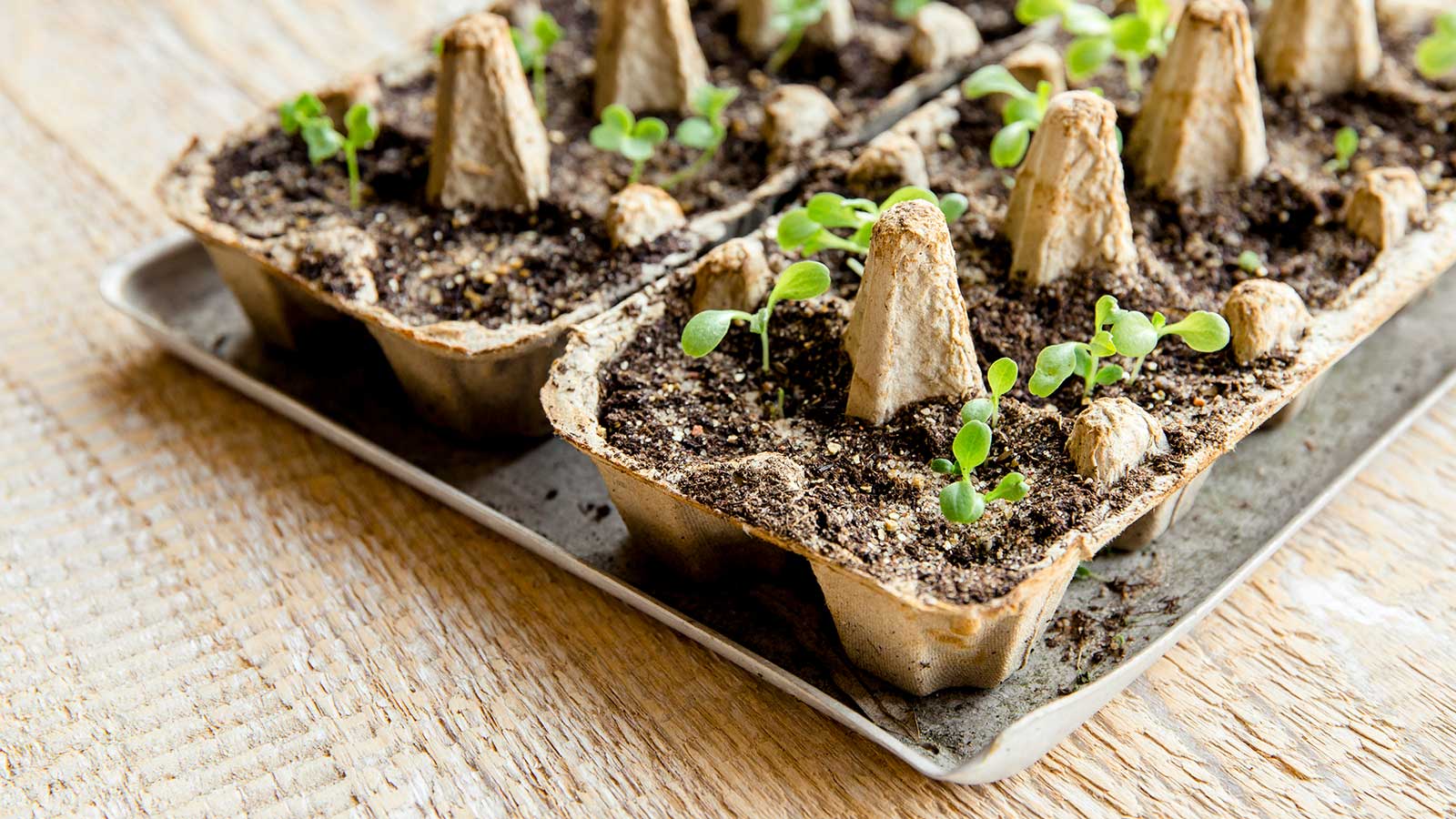
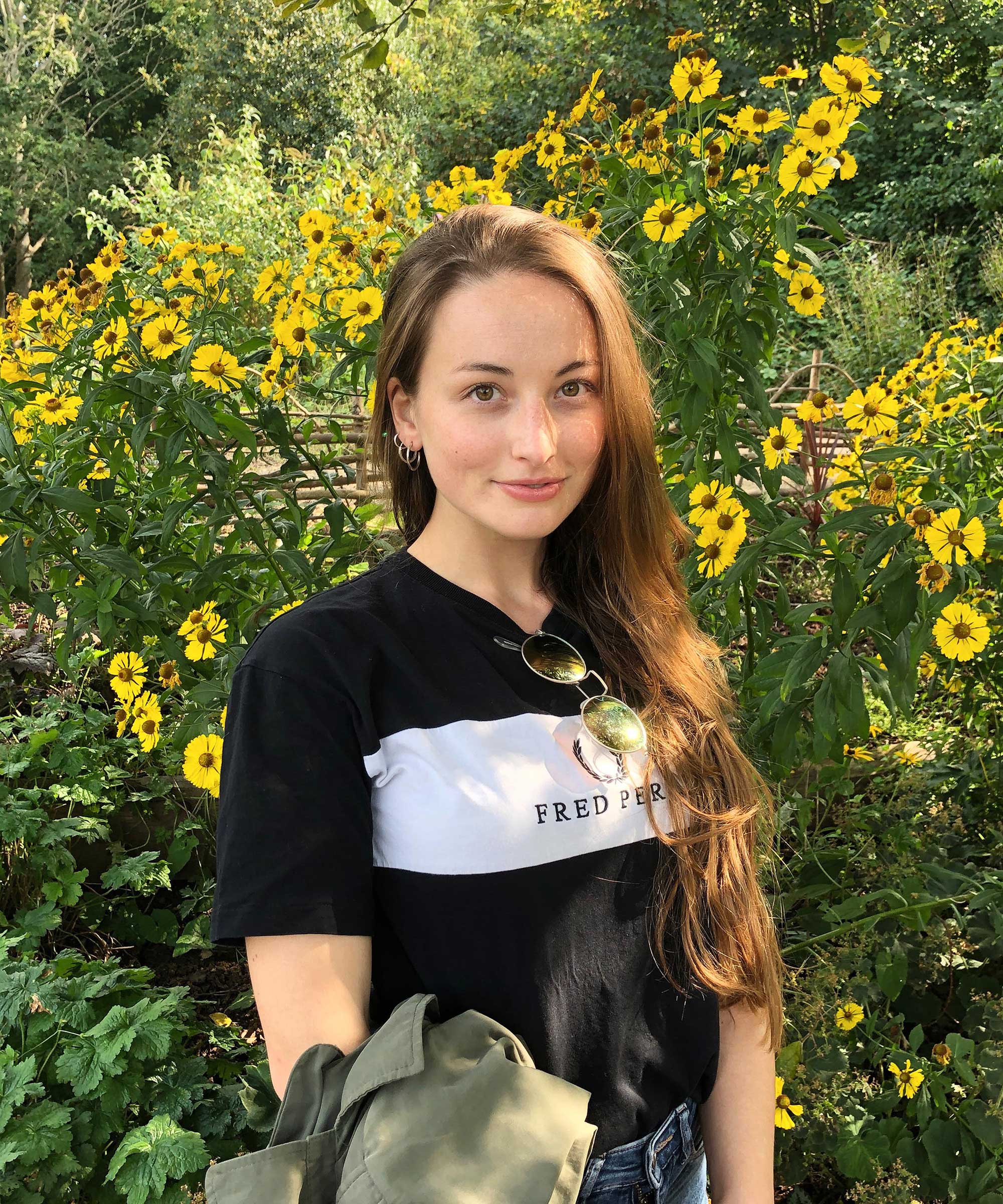
Plastic pots and labels are often go-to pieces of kit for sowing seeds. It's easy to see why; they're inexpensive and get the job done. However, plastic has its downfalls when it comes to the environment, so it's worth considering more sustainable alternatives where you can.
The good news is it's easier than you might think – and often cheaper. There are lots of options available for a more eco-friendly garden, including using recycled household waste to make biodegradable pots.
I turned to gardening experts for their insights. Below, they explain key problems with using plastic when starting seeds, and share some simple swaps to try.
The problems with using plastic when sowing seeds
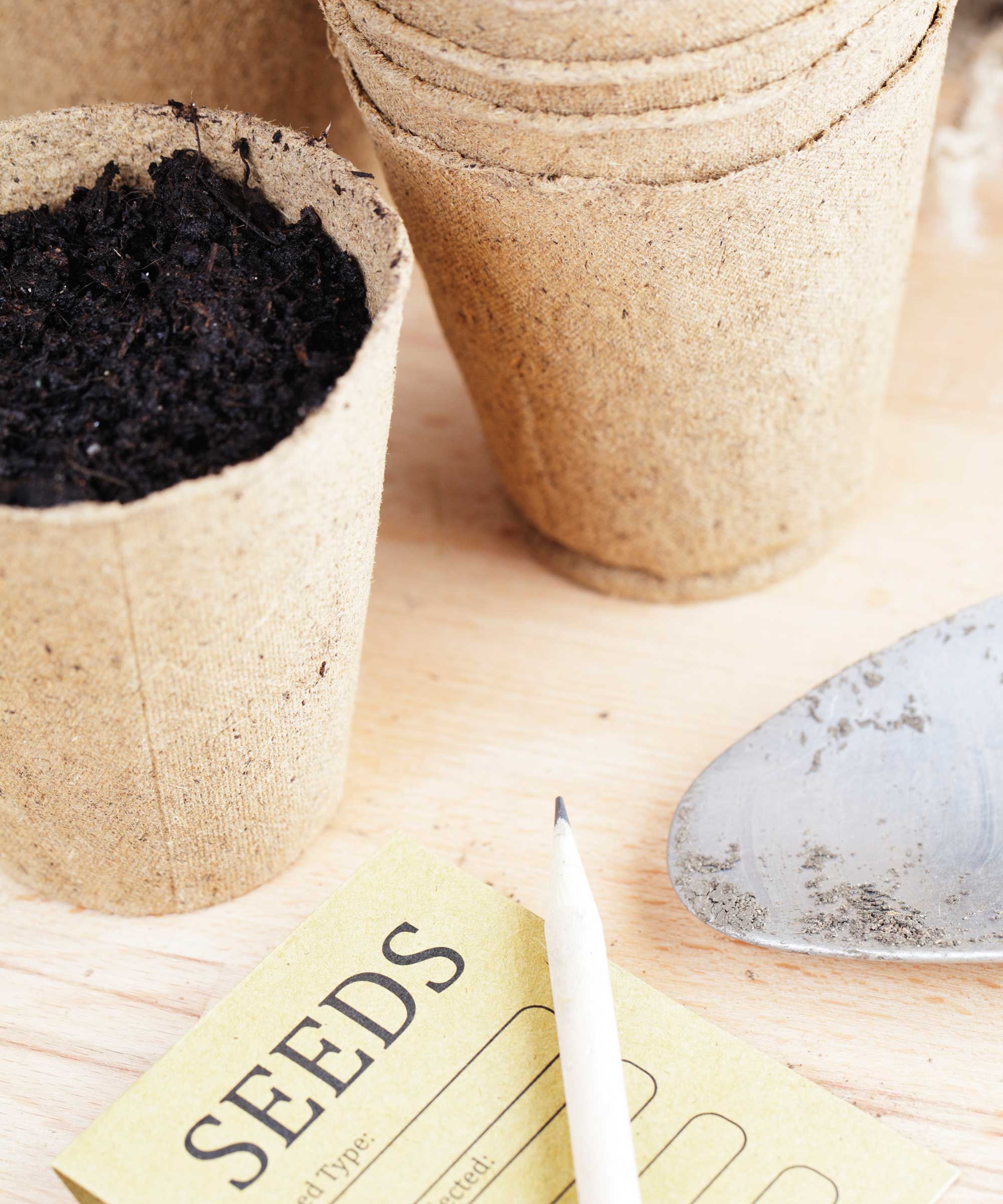
Biodegradable pots, such as ones made from coir, can be planted straight into the ground
Mary Phillips from the National Wildlife Federation highlights a number of downsides to using plastic when sowing seeds. Firstly, it generates waste, she notes, as many plastic seed starting trays are single-use or difficult to recycle. 'Cheap plastic seed trays and pots degrade quickly under sun and water, becoming brittle and cracking within a season or two.
'Some plastics contain chemicals that leach into surrounding soil or runoff into water, potentially affecting the surrounding environment,' Mary continues. Anna Ohler, the owner of Bright Lane Gardens nursery, highlights how the leaching of chemicals into the soil is less than ideal when growing edible plants.
Plastic seed-starting tools can also pose risks to wildlife, Mary adds. 'Animals may ingest plastic mistaking it for food, or become entangled in it.'
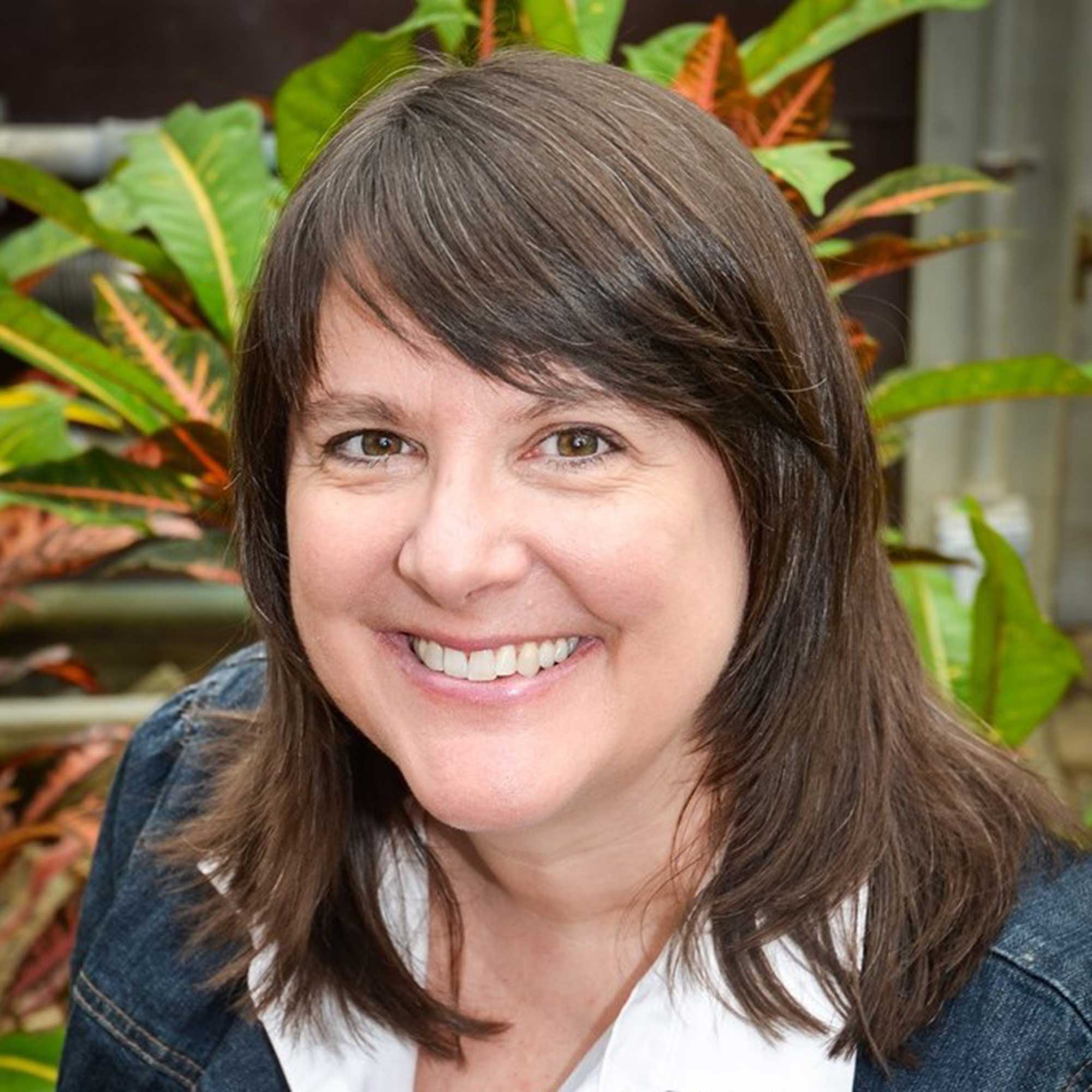
Mary Phillips is an ambassador for native plants. Her work ensures all habitat programs and resources are rooted in sustainable practices and the latest science.
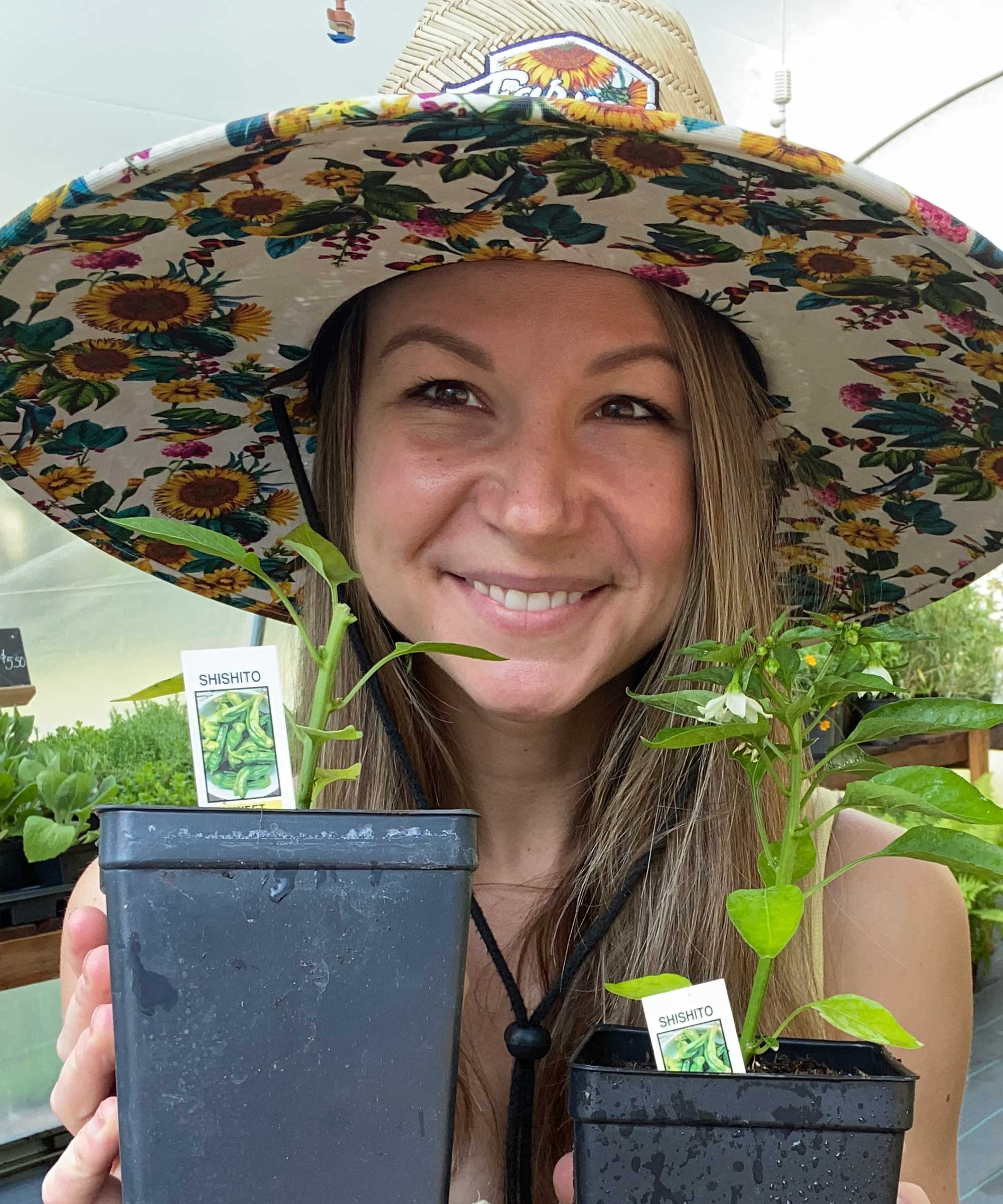
Anna is an avid plant hobbyist and the owner and operator of Bright Lane Gardens, a boutique plant nursery in Northern Michigan. With over a decade of experience in gardening and landscaping, she takes every opportunity to share her knowledge on all things plant-related. She also runs the company's YouTube channel, which is full of practical advice.
Switch out plastic pots
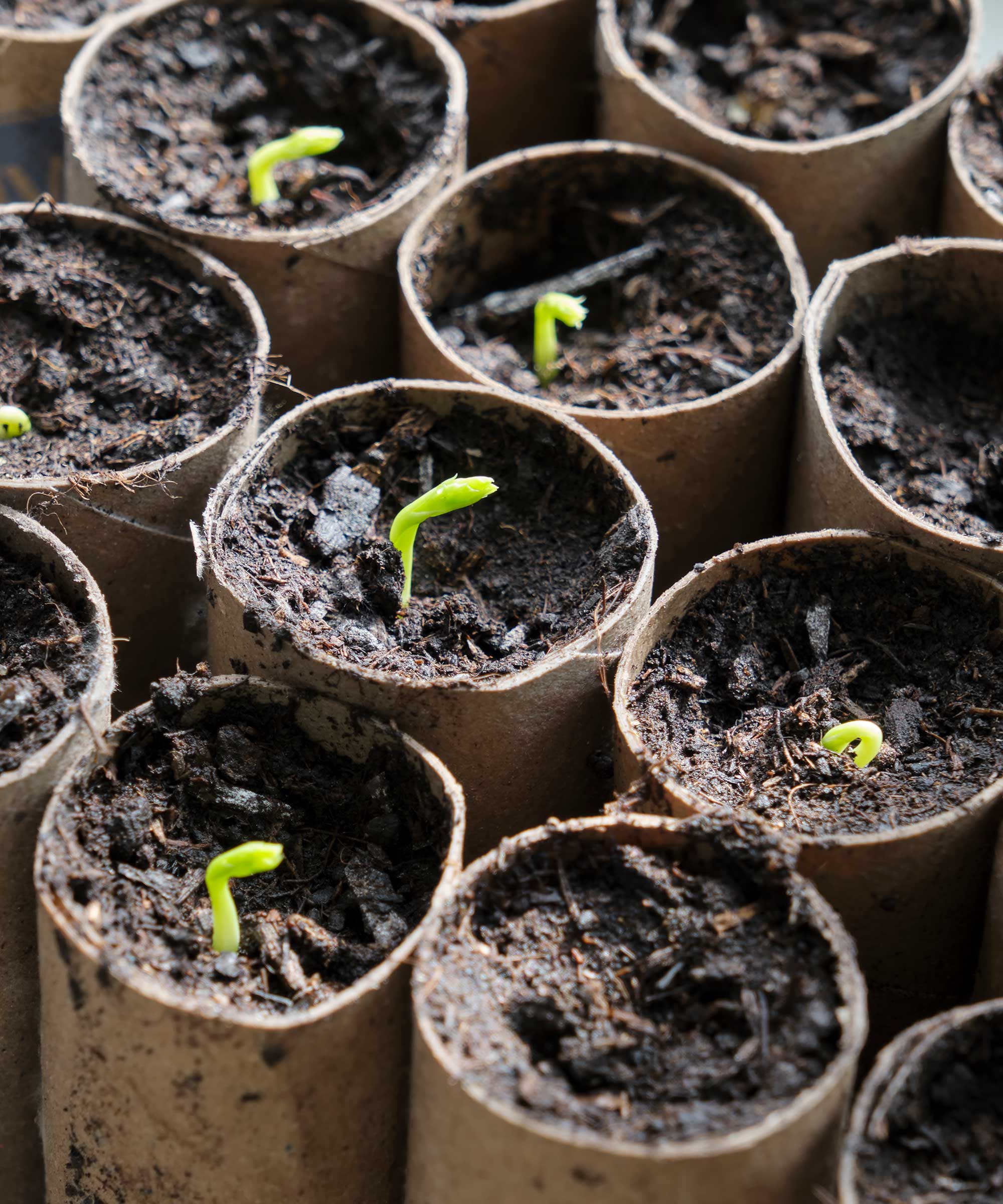
Recycle old toilet rolls by using them to plant seeds
If you're starting seeds indoors, on a windowsill or in a greenhouse, you'll need something to put them in. Rather than buying new plastic pots, you may be able to use something you already have to make a biodegradable alternative, while reducing household waste in the process. This will also make it super easy to transplant your seedlings to their final position, as you'll simply put the whole thing in the ground.
Mary recommends using toilet paper rolls – 'Cut to size and stand them in a tray; they hold soil well and break down naturally.' Alternatively, you could use cardboard egg cartons, which Mary says are perfect for small seeds. Anna also suggests using egg shells or even halved citrus peels, which can add nutrients back into the soil as they compost.
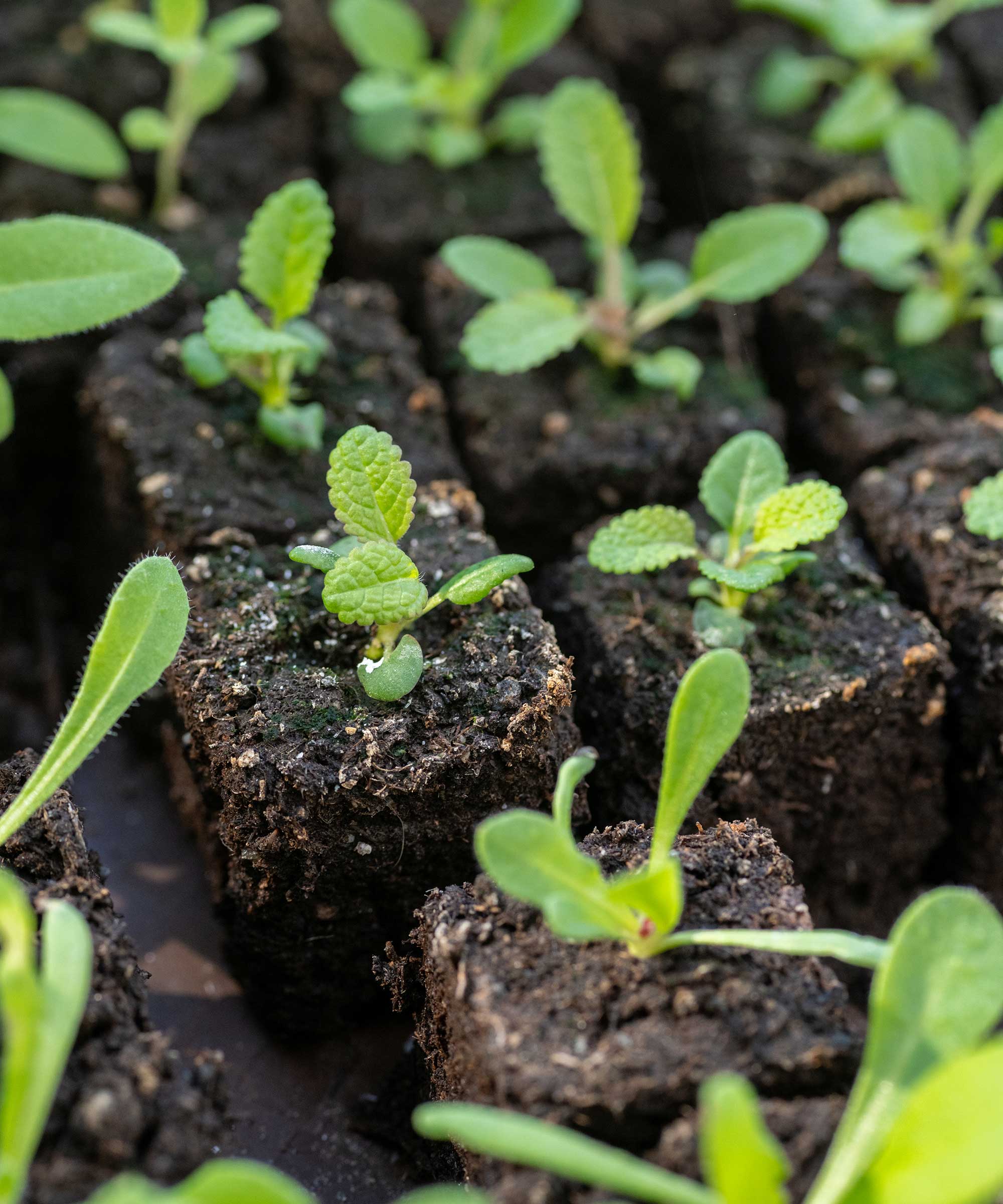
Sowing in soil blocks is another option, which are made with a special soil blocker tool
Other biodegradable options for pots include ones made from coconut coir, which also improve water retention, as Mary highlights. These ones from Amazon have good customer ratings.
Alternatively, you could use a soil blocker to make soil blocks. These compress soil into compact cubes that hold their shape, eliminating the need for pots, Mary explains.
If you need a tray for your seeds, Anna recommends opting for a wooden or metal one. 'Wooden seed trays provide durability and better airflow than plastic. Metal trays, such as old baking sheets, can also work well for bottom-watering seedlings,' she adds. 'Make sure you allow seedling roots to drain or dry out periodically to prevent root rot in any trays that do not have drainage holes.'
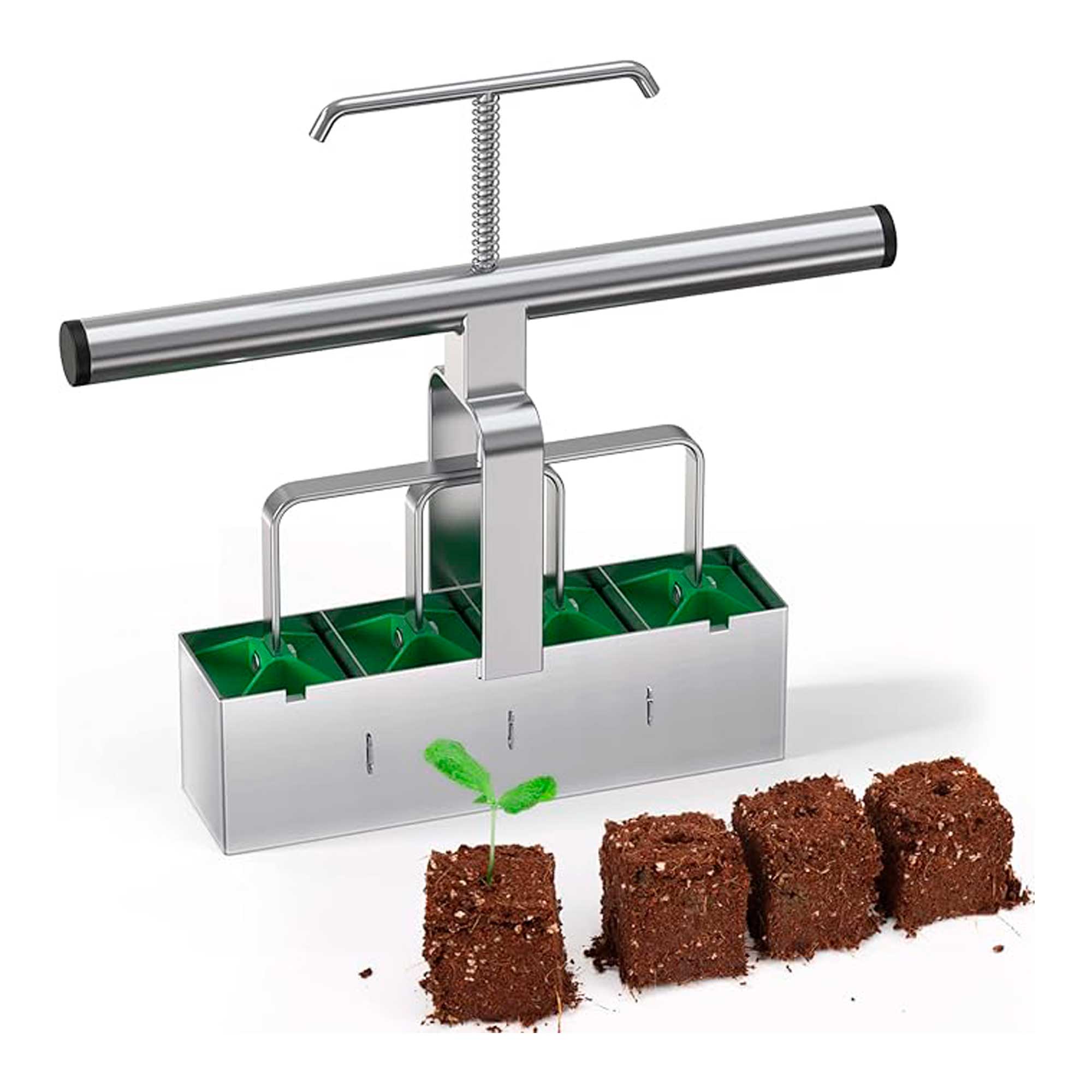
This tool from Soligt makes four two-inch soil blocks at a time and has a comfortable handle.
Sow seeds outdoors where possible
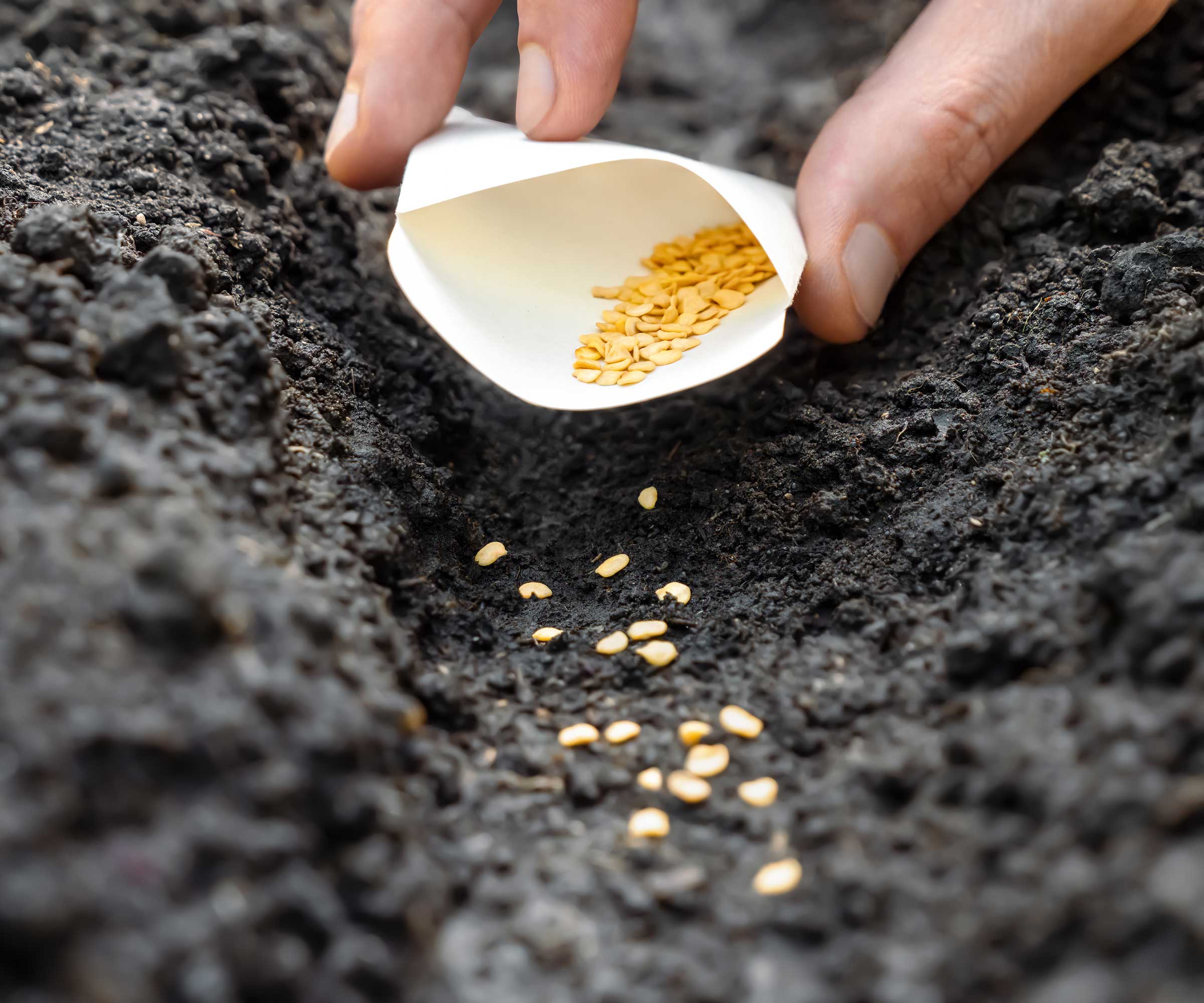
Cut out the need for pots by sowing seeds outdoors
Sowing seeds under cover gives them a head start on the growing season and makes it easier to get the environment just right. However, if the weather allows, you could consider direct sowing outdoors instead, as Mary points out. This cuts out any need for trays or pots.
Check the back of seed packets to see when you can plant them outdoors – for many, you'll need to wait until all risk of frost has finished. There are ways to warm up the soil to make it better suited for growing.
Top tip: 'Use glass cloches, repurposed jars, or DIY woven baskets to protect seedlings,' Mary suggests.
Don't forget about the labels
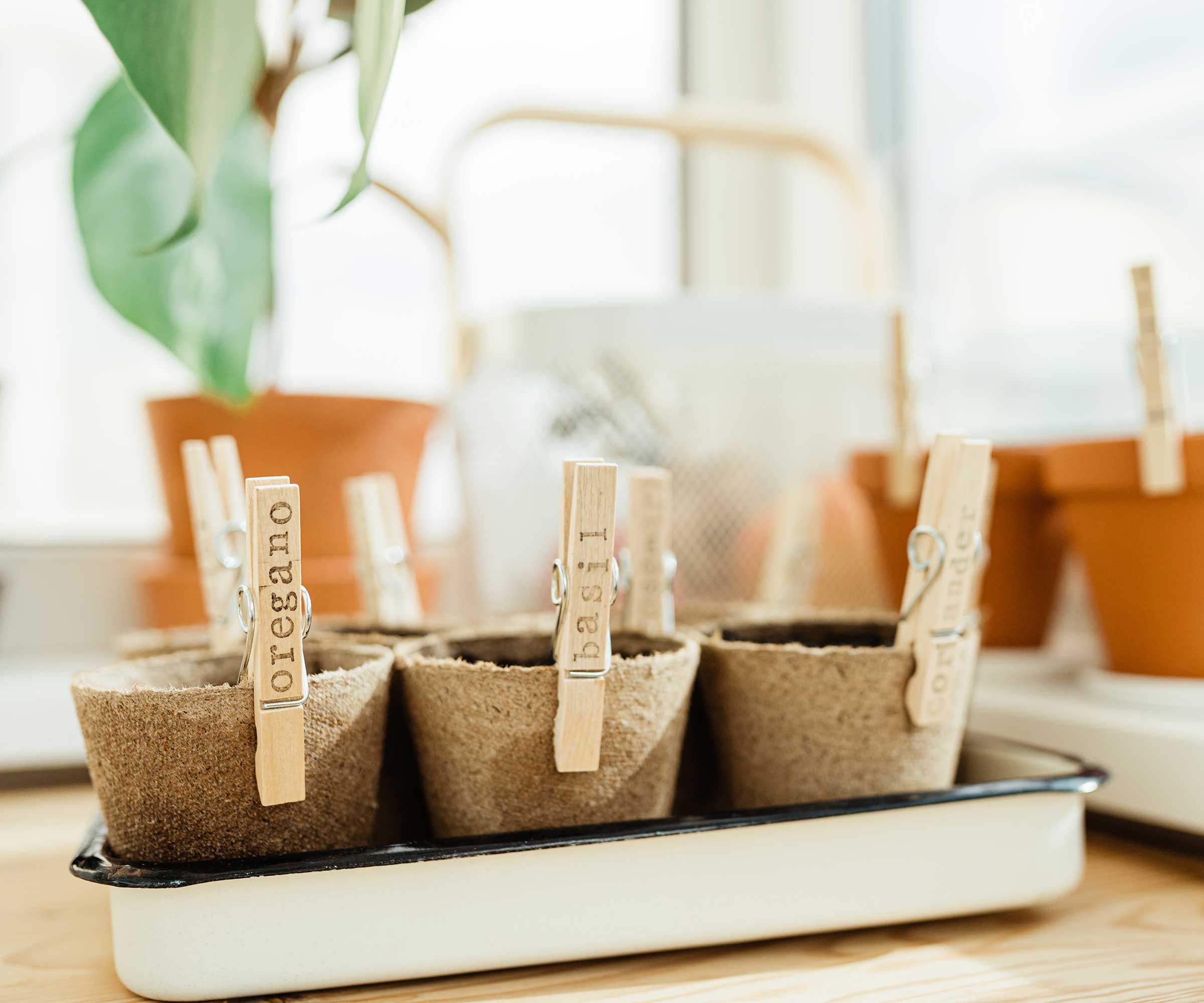
You could even use wooden pegs to label your seedlings
'Wooden popsicle sticks are my favorite alternative to plastic labels as they are inexpensive and will break down into the soil if left outside for a season or two,' says Anna. 'Painted rocks are another creative plastic alternative I've seen gardeners use to label their plant rows,' she adds. Just be sure to use non-toxic paint if you give this idea a go.
Other recycled household items you could use include wine corks, broken terracotta pots, pegs, or wooden spoons, lists Mary.
FAQs
What are some other sustainable gardening tips to consider when sowing seeds?
It's always a good idea to sow and grow native plants where possible – these are likely to thrive in your yard without much maintenance and are most beneficial to your local wildlife. Saving seeds from your existing plants is also a good way to garden more sustainably, and can reduce the amount of store-bought plants you'll bring home in plastic pots.
And, if you're in the market for a new trowel, spade, or other gardening tool, it's worth considering an eco-friendly option.
What can you use instead of plastic humidity domes?
While humidity domes can help seeds germinate, they're not always necessary. I've grown plenty of seeds on a warm and sunny windowsill without them – it just pays to be vigilant in keeping the soil damp. You could, however, use a glass dome if you really want to keep them covered. Remember to remove it once the seeds have sprouted.
Looking for more ways to up your eco-gardening credentials? Our guide to sustainable garden landscaping is a must-read.
Sign up to the Homes & Gardens newsletter
Design expertise in your inbox – from inspiring decorating ideas and beautiful celebrity homes to practical gardening advice and shopping round-ups.

Holly started writing about gardening five years ago, and she is a regular contributor to Homes & Gardens. She has also written many gardening features for Woman & Home and Real Homes, too. She has previous experience as a professional gardener, where she helped to plant and maintain private gardens. Holly has also looked after allotment plots over the years and loves to grow her own flowers and veggies from seed. In her spare time, she enjoys visiting local gardens, botanical drawing, and tending to her ever-growing collection of houseplants.
You must confirm your public display name before commenting
Please logout and then login again, you will then be prompted to enter your display name.
-
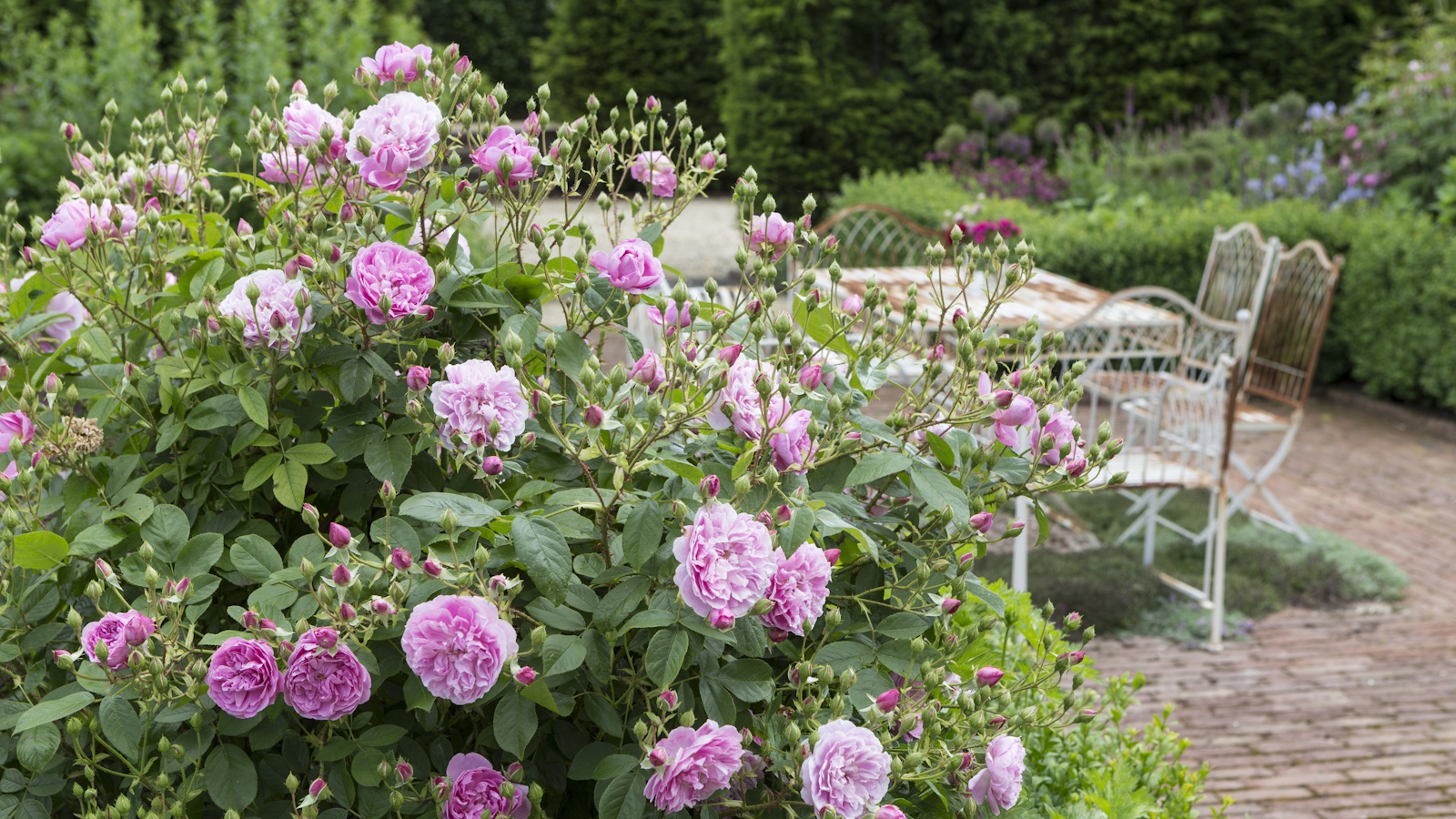 How to weed a garden quickly – professional gardeners reveal the five-minute weeding jobs to do now and get your yard summer-ready
How to weed a garden quickly – professional gardeners reveal the five-minute weeding jobs to do now and get your yard summer-readyShort on time? These time-efficient tasks will keep on top of problem plants
By Thomas Rutter
-
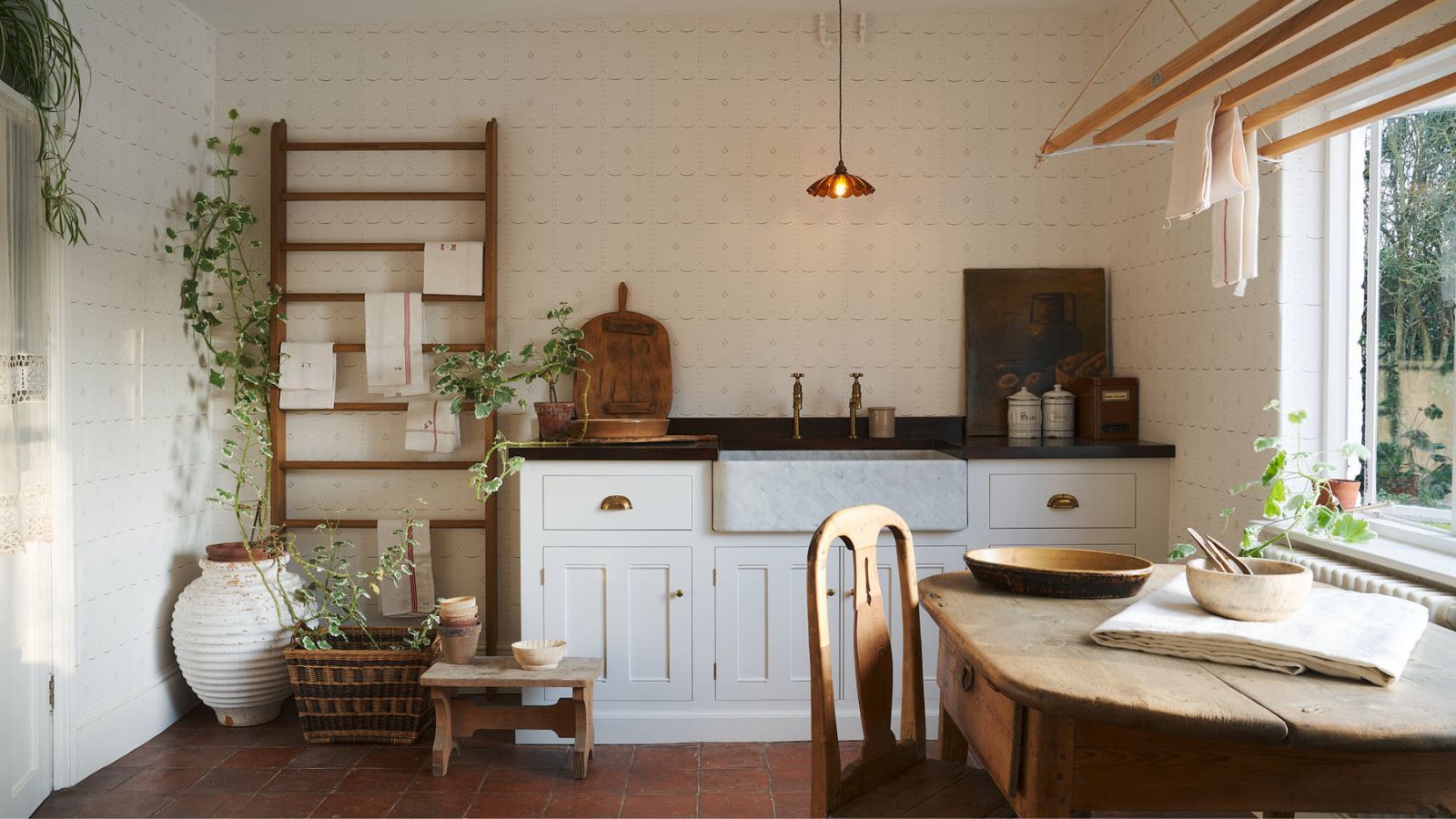 Suddenly, every stylish room has this one simple piece of furniture in common – why designers are loving the versatility of the humble stool
Suddenly, every stylish room has this one simple piece of furniture in common – why designers are loving the versatility of the humble stoolBehold, the humble stool. A welcome addition to any room, stools are a much-loved household essential that interior designers love for these 5 reasons
By Eleanor Richardson